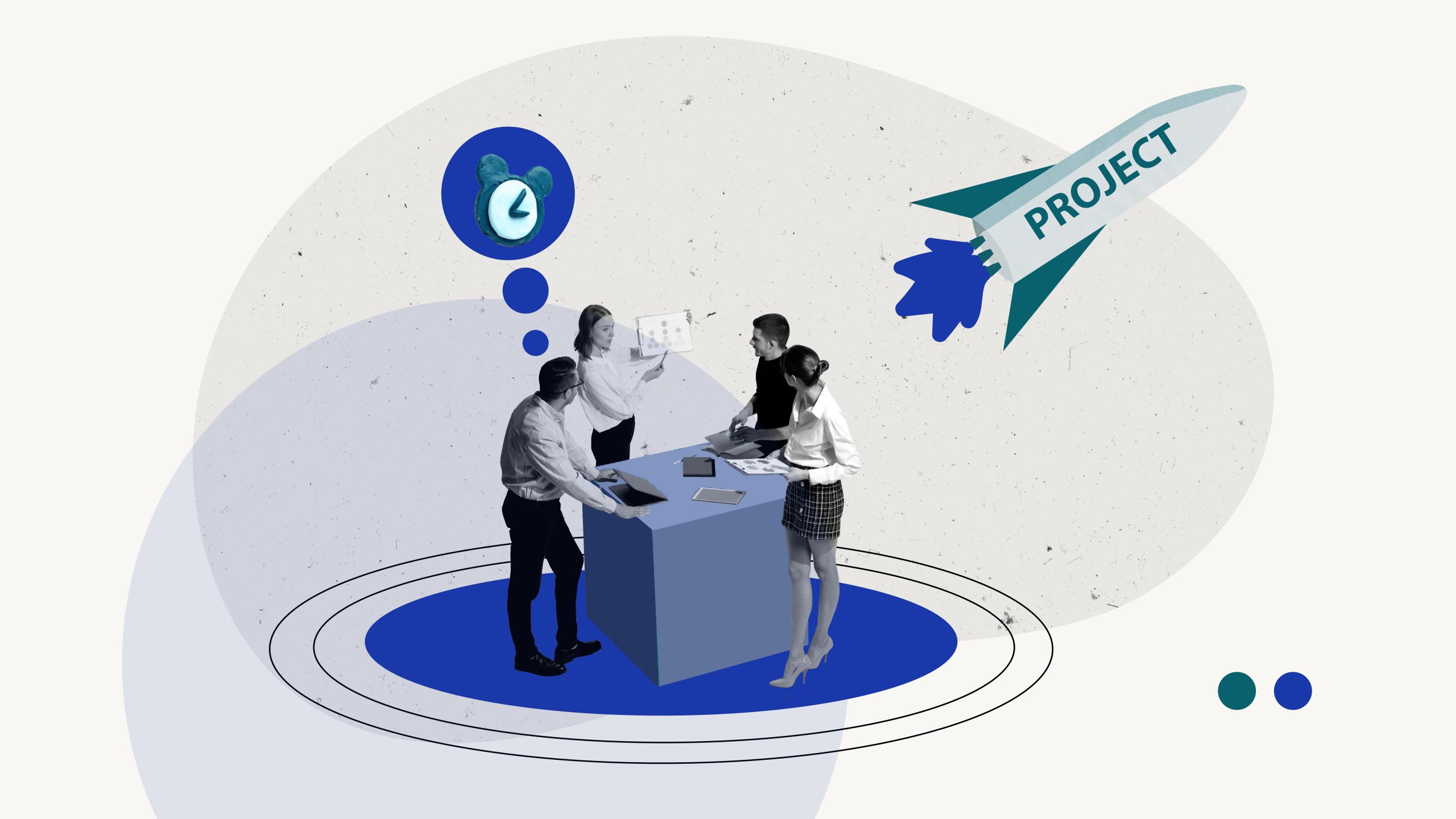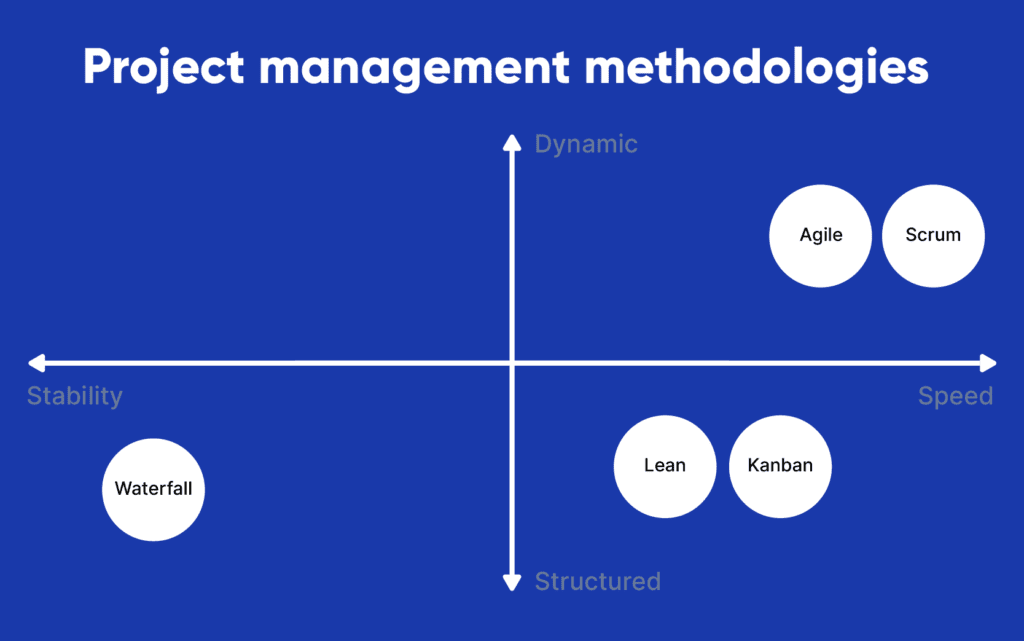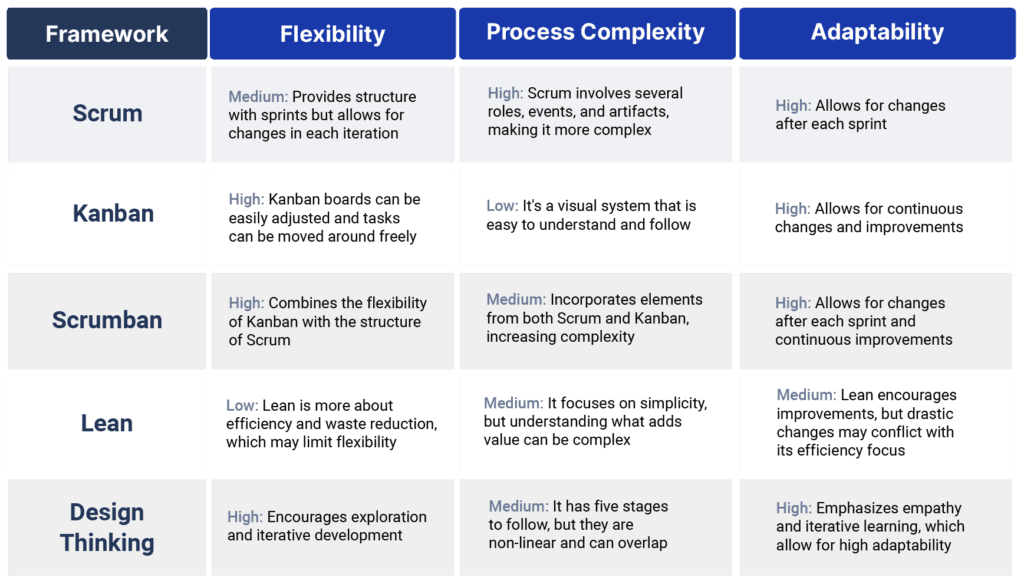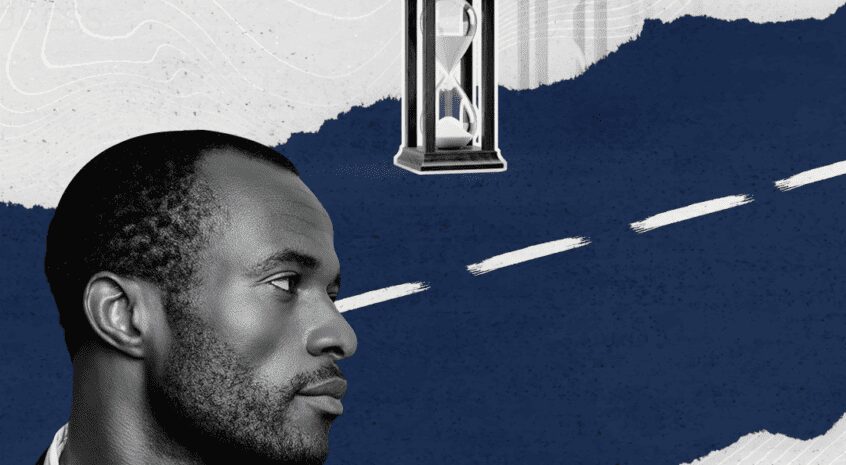
Navigating project management in the digital creative space is not just about organizing chaos and ensuring timely, budget-friendly delivery. It also entails balancing creativity with structure—a nuance often overlooked in traditional industries. In this complex landscape, selecting the right project management framework is crucial.
The Complexity of Creative Project Management
Every industry requires effective project management frameworks, but the challenge is particularly high in creative settings. Can creativity flourish under structured project management, or does it inhibit innovation? Understanding each framework’s nuances is essential for making an educated decision.
Unpacking the Agile Mindset
Agile is often discussed but rarely fully understood. Many people mistakenly think of Agile as a framework or methodology, leading to phrases like “we’re doing Agile now.” Contrary to popular belief, Agile is not a framework but a mindset focused on flexibility and adaptability. Frameworks like Scrum, Kanban, and Lean serve as practical applications of this philosophy, but needs to be tailored to your team’s unique needs.

Top Frameworks for Digital Agencies
More digital agencies adopt an Agile mindset, since its adaptability and iterative approach become increasingly attractive. However, critics argue that such flexibility could disrupt the creative flow. For example, frequent iterations or pivots might shift focus away from long-term creative goals. But a thoughtfully implemented Agile-aligned framework can offset these concerns.
Pros and Cons of Top Project Management Frameworks
Scrum
Scrum is the buzzword of the moment in the project management arena. This sprint-based methodology allows for iterative work delivery.
Pro: Quick turnarounds make Scrum ideal for dynamic, fast-paced digital agencies.
Con: Its rigid structure may limit creative freedom, causing friction among team members.
Kanban
Originating from Japan, Kanban emphasizes visual workflow management.
Pro:Works well for creative teams that prefer visual cues and continuous task delivery without feeling overwhelmed.
Con: Improperly managed boards can lead to more time spent organizing tasks than actually executing them.
Scrumban
Scrumban, my preferred framework for agencies, merges Scrum’s structure with Kanban’s flexibility.
Pro: This hybrid approach accommodates creative flow while maintaining effective task management.
Con: Teams accustomed to strict procedures may struggle with its less-defined structure.
Lean
Focused on efficiency, Lean aims to deliver maximum value using minimal resources.
Pro: Ideal for resource-limited creative projects.
Con: Its efficiency-driven nature may inadvertently limit creative freedom.
Design Thinking
Though not a traditional Agile framework, Design Thinking aligns well with Agile principles.
Pro: Its human-centered approach benefits design-centric projects.
Con: The focus on human needs may occasionally overlook practical limitations.

Conclusion
Choosing the framework depends on factors that can be ever changing so every project type might not be run the same way. They should serve your project, not dictate it. When applied thoughtfully, they provide a roadmap, guiding your team to deliver results without compromising creativity.
In the end your ideal frameworks is the one that makes your team feel empowered, not shackled.

